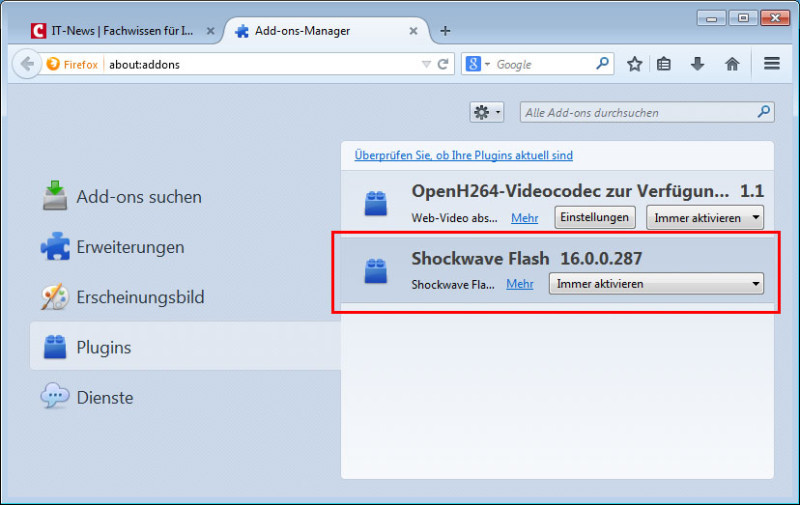

We also cannot fully protect everything while the database is being loaded or written. As soon as things are to be displayed somewhere in the GUI, they are basically out of our hands. KeePass will look at the window’s title, identify the web page you’re on, then send your user name, the tab character, and then your password to the. Next, press Ctrl+Alt+A, which is the default auto-type keyboard shortcut. Please note that this still cannot fully prevent swapping out of secrets. For example, with the default KeePass database, open the KeePass test form page and click inside the User name box.
#Keepassx and firefox integration Patch#
disable any kind of coredump or crash reportingĪ patch for in-memory encryption is being worked on, but needs further testing before it can be merged: overwrite all dynamically allocated memory with zeros on free prevent non-root / admin access to our process memory (KeePass does NOT have this) prevent swapping of master key hashes (using gcry_malloc_secure) We do, however implement the following security measures on all platforms: The only thing we do not have at the moment is in-memory encryption. KeePassXC differs from KeePass because it works on Linux, Mac, and Windows, but. I do not run Keepass sandboxed BTW and previously that was not a problem. It used to work fine but recently Kee and Keepass are constantly prompting for access when Firefox is running sandboxed. ESR Keepass and Kee (previously known as keefox) extension which allows integration of Keepass with Firefox. In fact, KeePassXC has shown to have better memory protection than KeePass: (note the article is from February, some things have changed since then, see below). KeePassXC is a community-developed open-source fork of KeePass, one of the best password managers for Windows. I have been having trouble with Firefox 52. Left-click on any username or password field in webpages for KeePassHTTP-Connector to auto-fill the details from your open.
#Keepassx and firefox integration install#
Install the KeePassHTTP-Connector browser add-on for Firefox and/or Chrome. (Full disclosure: I contribute to KeePassXC) Download the KeePassHttp plugin and copy it to your KeePass installation folder (C:\Program Files (x86)\KeePass Password Safe 2 by default).


 0 kommentar(er)
0 kommentar(er)
